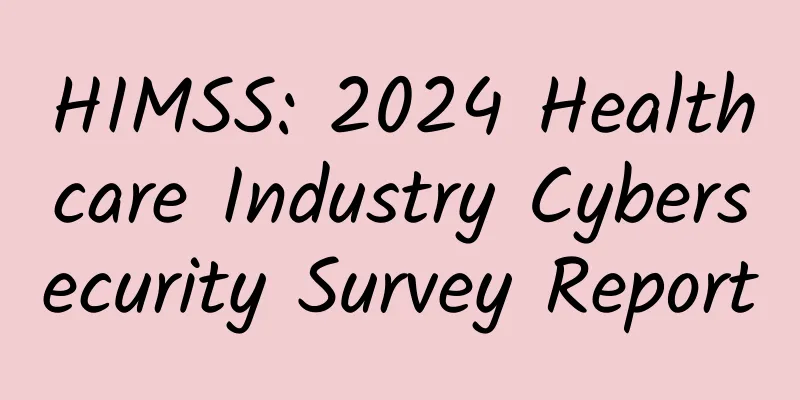HIMSS: 2024 Healthcare Industry Cybersecurity Survey Report

|
Cybersecurity Budget Investment – Organizations are investing more resources to strengthen their defenses. Strategic Priorities – Budgets are increasingly aligned with critical vulnerabilities. Security Awareness Phishing Attack Mitigation - Phishing attacks against projects are a major attack vector. Innovative training – Gamification and scenario-based training increase engagement. Security incidents Phishing attacks dominate – Phishing attacks are the most common method of intrusion. AI-driven attacks – Deepfakes are an emerging threat. Ransomware Fighting Ransomware – Ransomware defense remains a priority. Reduced ransom payments - Ransomware victims report paying fewer ransoms. AI Inadequate policies – The lack of formal AI governance increases risks. Limited Oversight – There is limited monitoring of the use of AI. Third-party risks Third-party incidents – Significant incidents involving third parties are noteworthy. Impact – Third-party events causing outages and other impacts. Insider Threat Formal Program – A formal program is required to manage insider threats. Methodology and Demographics The 2024 HIMSS Healthcare Cybersecurity Survey reflects the attitudes of 273 healthcare cybersecurity professionals who have at least some responsibility for day-to-day cybersecurity operations or oversight of a healthcare organization’s cybersecurity program. Data for the survey was collected between November 6 and December 16, 2024. Questions asked about respondents' opinions, knowledge and experiences over the past 12 months. Respondents served in a variety of roles, including executive (50%), non-executive management (37%), and non-management (13%) roles. Executive roles included C-level executives, non-executive management included senior management, and non-management included analysts and experts. Respondents reported varying levels of involvement in their organization’s cybersecurity program: 46% have primary responsibility, 30% share responsibility, and 24% are involved in day-to-day operations or oversight when needed. Respondents represented a variety of organization types, including healthcare providers (50%), suppliers (18%), consulting firms (13%), government entities (8%), and other organizations (11%). Other organizations included academic institutions, nonprofits, payers, and life sciences companies.
|
>>: Samsung S8 is ruined by rear fingerprint sensor: it takes 6 seconds to read
Recommend
2022 CICC Automotive White Paper: Looking into the future and gaining insights into product changes
In 2022, the penetration rate of new energy vehic...
Eating water chestnuts raw? A 27-year-old woman had live worms removed from her body. Be careful when eating water chestnuts raw
Water chestnuts are a favorite food for many peop...
This is the first time I have seen such a comprehensive information flow optimization case!
After reading this article, you will be able to i...
Lao Duan talks about OTT: 8 common misunderstandings about Internet TV
Duan Youqiao, an artist of iQiyi. From an Interne...
Chen Lei's Weibo traffic promotion core operation tutorial, Chen Lei's Weibo traffic promotion course, attracting 3,000 fans per day
Weibo traffic promotion utilizes the Weibo platfo...
Diagnosed with "rhabdomyolysis" due to the wrong use of this "massage magic tool"? !
Friends who love fitness You must be familiar wit...
What important product information did Apple announce at the press conference?
[[128967]] iPhone At the conference, Apple releas...
Are nematodes disgusting? You should thank them for your sushi
In the once popular movie "Invasion of the I...
How to acquire more users at low cost?
When an operator wants to promote a product, he s...
The fattest bird in the world hatched from an egg as big as a football
Everyone who sees an elephant bird egg for the fi...
Make the design draft more realistic! Two B-end design walkthrough tools used by experts
B-side designers will definitely encounter such s...
After staying in space for a month, the human heart will show signs of aging丨Tech Weekly
Compiled by Zhou Shuyi and Wang Xiang Turbulent s...
If all the seawater on Earth becomes fresh water, will human life be better? The blue planet may no longer have vitality
As we all know, the Earth on which we live is a v...
Why do you work hard but still can’t operate well?
A friend who works in operations was fired by his...
Router backdoor vulnerabilities have endless hidden dangers and it is urgent to strengthen security protection
Last weekend, the "2013 China Internet Networ...









